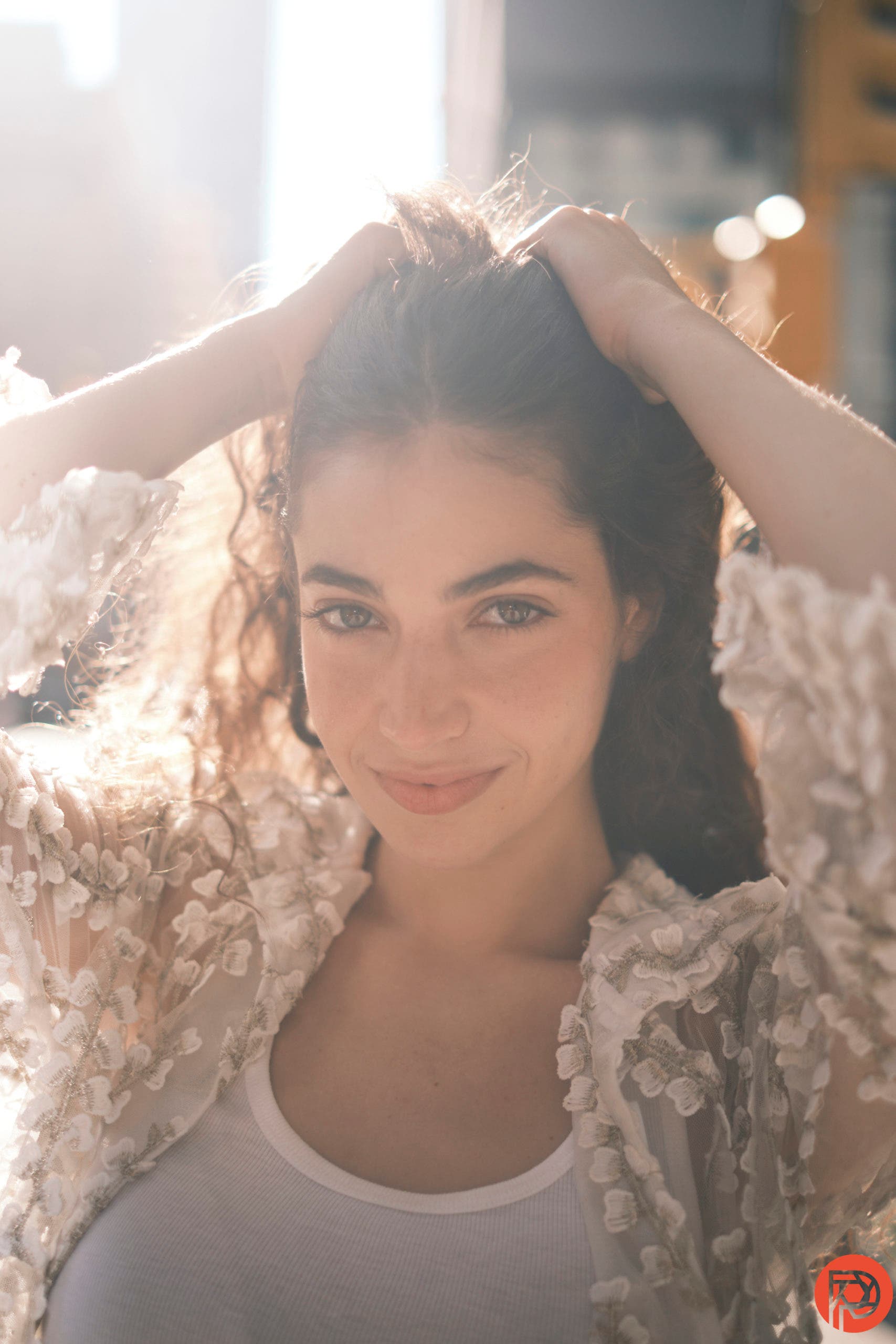The featured image in this article was shot with the Fujifilm 35mm f1.4 R: a lens Fujifilm reps said wouldn’t resolve the sensor. It indeed resolves the sensor, but perhaps it’s not as clear or delivers as many lines of resolution. However, it delivers stellar results. And you can see this and a lot more in our updated Fujifilm XH2 First Impressions here if you’re interested. It includes sample images from various lenses and a bit more input about autofocus performance.
Folks will truly wonder about the Fujifilm XH2. I mean, is that too many megapixels? Honestly, no. Fujifilm is proving me very wrong. The colors are some of the greatest I’ve seen of any camera on the market. They’re also available for editing already in Capture One Pro. Astia looks gorgeous with the new lenses for portraits. Nostalgic negative makes the new 56mm f1.2 R WR render beautiful colors and a radiant glow to your subject. And Classic Negative has never looked better with the 35mm f1.4 R.
Beyond that, we did a lot of testing using the Profoto B10, which works with the Fujifilm XH2. Beyond that, there are also tests we’ve done so far with Tamron lenses.
So, am I liking the Fujifilm XH2? Yes! But would I still want that sensor in an X Pro body instead? Oh, heck yes! The XH2 feels like Fujifilm’s attempt at creating a Sony camera that’s trying to run hard with a new identity. With that said, it doesn’t really feel like a Fuji camera. It still feels good, but some things need to be ironed out.
Tamron’s autofocus algorithms will also need a big update to work better with the XH2. It’s evident those lenses are a bit softer than what Fujifilm makes. But that’s fine, honestly. I really don’t want super sharp lenses with this sensor anyway. In fact, using Tamron lenses with the sensor along with skin-smoothing is perhaps a bit too much. You can happily remove the skin smoothing and be content with the photos you’re creating.
In the image quality section, you’ll see photos that were edited and unedited. All the edited photos were done in Capture One Pro. Yes, Capture One supports it already!
Something else we’re going to closely monitor is what Fujifilm is calling AI white balance. Fujifilm told a roomful of journalists and YouTubers that they were tasked with going to malls and photographing in different lighting situations. All that data was compiled to help understand the color and neutralize the scene accordingly. Then, on top of that, you have to consider the film simulation being used. What’s more, Fujifilm still has all the options to have a more clear white point or a warmer image. Of course, all this can be fixed with manually white balancing and setting the Kelvin to begin with. You don’t need to do it in post-production.
Honestly, I’m happy with a lot of the photos I got out of camera. Sure, I did some edits, and those are clearly marked in the First Impressions report. But truly, you don’t need to edit if you’re careful and thorough when you’re shooting the photos.
Take a look at our First Impressions and you’ll see. Want one? Pick the Fujifilm XH2 over at Amazon.



Leave a Reply